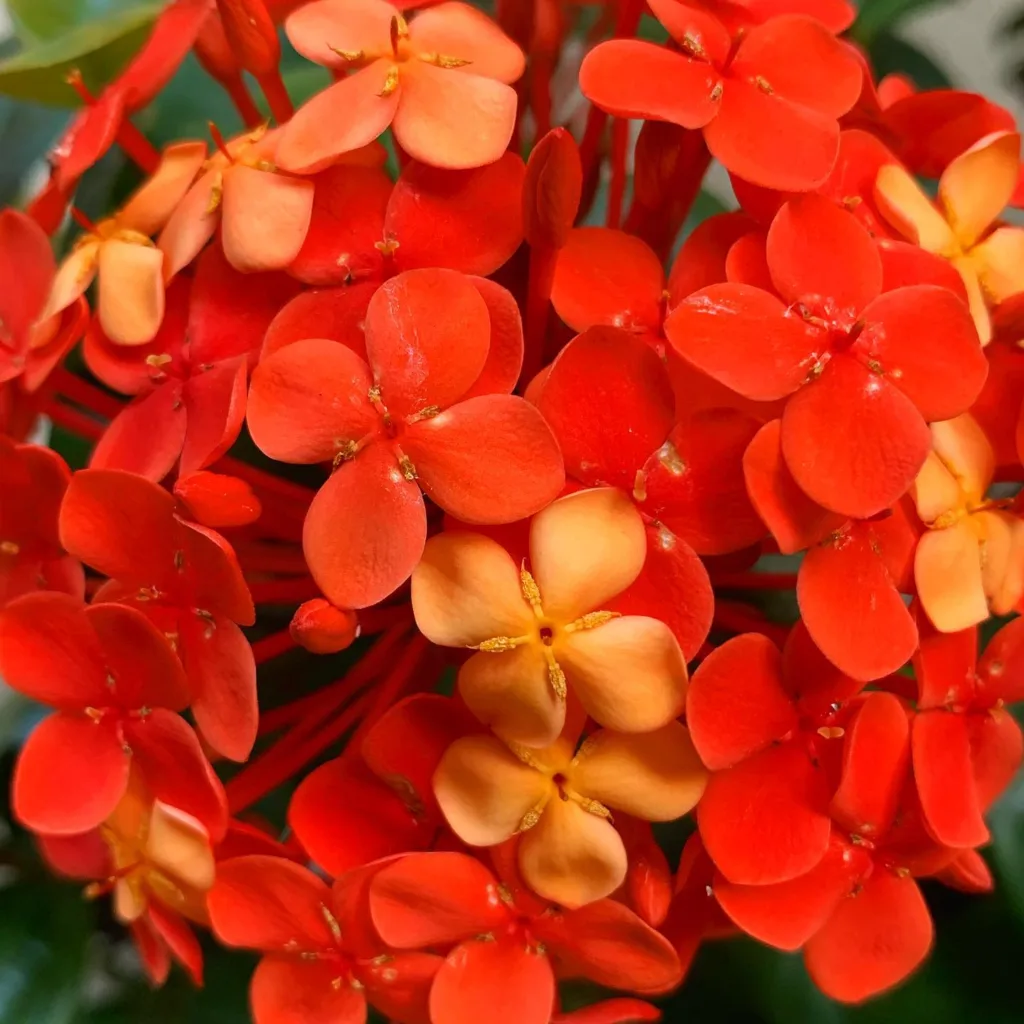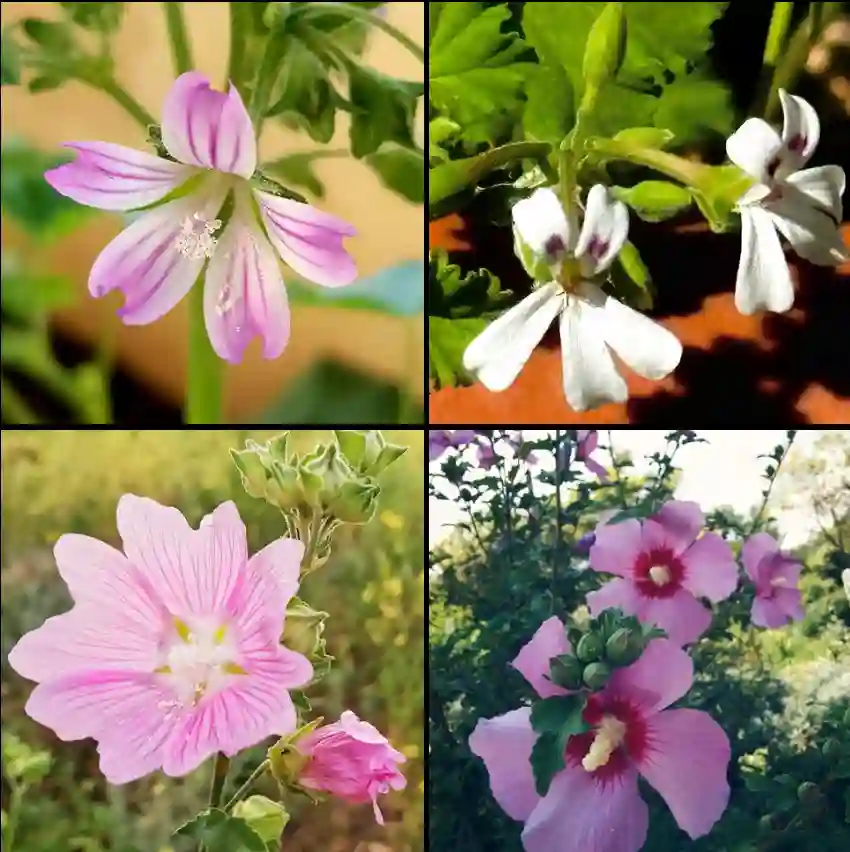
October 25 – Kniphofia
"Kniphofia, the torch lily, defines October 25."
Kniphofia symbolizes energy and passion. You ignite enthusiasm and inspire action. Like its fiery spikes, your spirit burns brightly.
Kniphofia: A Fiery Passion
My name is Ferb Vu, and I have a confession. I’m utterly captivated by a genus of plants that most people simply call “Red Hot Pokers”. Kniphofia belong to the Asphodelaceae family, as they are properly known, are a spectacle of color and form, and I’m going to tell you why I find them so fascinating.
Imagine a plant that evokes the image of a blacksmith’s forge, with fiery pokers thrust into the air, glowing with shades of red, orange, and yellow. That’s Kniphofia in a nutshell. These striking perennials, native to Africa, bring a touch of the exotic to any garden. Their architectural form and vibrant hues make them stand out, even amongst the most flamboyant of their floral neighbors.
A Diverse Family
Kniphofia is a diverse genus, boasting over 70 recognized species. Each one possesses its own unique charm, varying in height, color, and bloom time. Here are:
- Kniphofia acraea Codd
- Kniphofia albescens Codd
- Kniphofia albomontana Baijnath
- Kniphofia angustifolia (Baker) Codd
- Kniphofia ankaratrensis Baker
- Kniphofia baurii Baker
- Kniphofia benguellensis Welw. ex Baker
- Kniphofia bequaertii De Wild.
- Kniphofia brachystachya (Zahlbr.) Codd
- Kniphofia breviflora Harv. ex Baker
- Kniphofia bruceae (Codd) Codd
- Kniphofia buchananii Baker
- Kniphofia caulescens Baker
- Kniphofia citrina Baker
- Kniphofia coddiana Cufod.
- Kniphofia coralligemma E.A.Bruce
- Kniphofia crassifolia Baker
- Kniphofia drepanophylla Baker
- Kniphofia dubia De Wild.
- Kniphofia ensifolia Baker
- Kniphofia × erythraeae Fiori
- Kniphofia evansii Baker
- Kniphofia fibrosa Baker
- Kniphofia flammula Codd
- Kniphofia fluviatilis Codd
- Kniphofia foliosa Hochst.
- Kniphofia galpinii Baker
- Kniphofia goetzei Engl.
- Kniphofia gracilis Harv. ex Baker
- Kniphofia grantii Baker
- Kniphofia hildebrandtii Cufod.
- Kniphofia hirsuta Codd
- Kniphofia ichopensis Schinz
- Kniphofia insignis Rendle
- Kniphofia isoetifolia Hochst.
- Kniphofia latifolia Codd
- Kniphofia laxiflora Kunth
- Kniphofia leucocephala Baijnath
- Kniphofia linearifolia Baker
- Kniphofia littoralis Codd
- Kniphofia marungensis Lisowski & Wiland
- Kniphofia mulanjeana S.Blackmore
- Kniphofia multiflora J.M.Wood & M.S.Evans
- Kniphofia nana Marais
- Kniphofia northiae Baker
- Kniphofia nubigena Mildbr.
- Kniphofia pallidiflora Baker
- Kniphofia paludosa Engl.
- Kniphofia parviflora Kunth
- Kniphofia pauciflora Baker
- Kniphofia porphyrantha Baker
- Kniphofia × praecox Baker
- Kniphofia princeae (A.Berger) Marais
- Kniphofia pumila (Aiton) Kunth
- Kniphofia reflexa Hutch. ex Codd
- Kniphofia reynoldsii Codd
- Kniphofia rigidifolia E.A.Bruce
- Kniphofia ritualis Codd
- Kniphofia rooperi (T.Moore) Lem.
- Kniphofia sarmentosa (Andrews) Kunth
- Kniphofia schimperi Baker
- Kniphofia splendida E.A.Bruce
- Kniphofia stricta Codd
- Kniphofia sumarae Deflers
- Kniphofia tabularis Marloth
- Kniphofia thodei Baker
- Kniphofia thomsonii Baker
- Kniphofia triangularis Kunth
- Kniphofia typhoides Codd
- Kniphofia tysonii Baker
- Kniphofia umbrina Codd
- Kniphofia uvaria (L.) Oken Plant FAQs: Kniphofia Uvaria – Torch Lily
- Kniphofia vandeweghei Eb.Fisch. & Mark.Ackermann
How to Deadhead Red Hot Poker Plants?
Deadheading Red Hot Poker plants involves removing spent flower spikes to encourage more blooms and maintain the plant’s appearance. To do this, simply cut off the faded flower stalks at their base, just above the foliage. This not only helps the plant focus its energy on producing new blooms but also keeps the garden looking neat. Be sure to use clean, sharp pruning shears to avoid any damage to the plant.
What Do Red Hot Poker Seeds Look Like?
Red Hot Poker seeds are small, round, and typically brown or black. They are contained in a dry, pod-like structure that forms after the flowering period. The seeds are quite hard and require a bit of effort to break open. They are usually sown in late winter or early spring, either indoors or directly in the garden.
Where to Buy a Red Hot Poker Plant?
You can find Red Hot Poker plants at many local garden centers, nurseries, or online plant retailers. When purchasing, make sure to choose a reputable seller to ensure you get a healthy, high-quality plant. Many online retailers offer a variety of Red Hot Poker cultivars, allowing you to select the perfect one for your garden.
Do Deer Eat Red Hot Poker Plants?
Generally, Red Hot Poker plants are not favored by deer. Their tough, fibrous leaves and the plant’s overall toughness make them less appealing to deer. However, in times of food scarcity, deer might nibble on almost anything, so it’s not entirely foolproof.
How to Grow Red Hot Poker Plants?
Growing Red Hot Poker plants is relatively straightforward. They thrive in well-drained soil and full sun. Start by planting them in a location that gets at least six hours of sunlight a day. Ensure the soil is rich and well-drained; adding compost can help improve soil quality. Water the plants regularly, but avoid waterlogging as this can lead to root rot.
When to Plant Red Hot Poker?
The best time to plant Red Hot Poker is in the spring or early fall. This timing allows the plants to establish their root systems before extreme temperatures set in. If planting in spring, wait until after the last frost to ensure the young plants aren’t damaged by cold weather.
Are Red Hot Poker Plants Deer Resistant?
Yes, Red Hot Poker plants are generally deer resistant. Their tough, spiky foliage and unique flowers tend to deter deer. However, it’s always wise to monitor for any unusual feeding behavior, especially during periods of scarcity.
Are Red Hot Poker Plants Invasive?
Red Hot Poker plants are not typically considered invasive, but they can spread aggressively in favorable conditions. They can self-seed and form large clumps over time. If you notice them spreading more than desired, regular maintenance and removal of excess plants can help control their growth.
Are Red Hot Poker Plants Toxic to Dogs?
No, Red Hot Poker plants are not known to be toxic to dogs. However, it’s always a good idea to prevent pets from chewing on plants, as even non-toxic plants can cause digestive upset if ingested in large quantities.
Do Hummingbirds Like Red Hot Poker?
Yes, hummingbirds are attracted to Red Hot Poker plants. The bright, tubular flowers are perfect for hummingbirds seeking nectar, making these plants a great addition if you want to attract these delightful birds to your garden.
Do Rabbits Eat Red Hot Poker Plants?
Rabbits typically avoid Red Hot Poker plants due to their tough and spiky foliage. This makes them less appealing to these critters compared to more tender, succulent plants. However, in times of extreme hunger, rabbits might nibble on almost anything.
Do Red Hot Poker Plants Multiply?
Yes, Red Hot Poker plants can multiply. They spread by producing offsets or “pups” around the base of the main plant. These can be divided and transplanted to propagate new plants. This natural spreading habit can lead to a more extensive display of these vibrant flowers over time.
How Long Do Red Hot Poker Plants Bloom?
Red Hot Poker plants bloom from mid-summer to early fall. The blooming period typically lasts for several weeks, depending on the specific variety and local growing conditions. Regular deadheading can help extend the flowering season and promote a longer display of these striking flowers.
What Is the Best Soil for Red Hot Poker Plants?
Red Hot Poker plants prefer well-drained soil with a slightly acidic to neutral pH. Heavy, clayey soils should be amended with organic matter to improve drainage. Good soil structure helps prevent root rot and encourages healthy growth.
How to Care for Red Hot Poker Plants?
Proper care involves regular watering, especially during dry spells, and occasional feeding with a balanced fertilizer. In winter, it’s beneficial to mulch around the base to protect the roots from freezing temperatures. Remove any dead or damaged foliage to keep the plant healthy.
What to Plant with Red Hot Poker?
Red Hot Poker plants pair well with other sun-loving, drought-tolerant perennials such as Echinacea, Rudbeckia, and ornamental grasses. Their tall, vibrant flowers provide a striking contrast to lower-growing plants and help create a dynamic garden display.
Common Problems with Red Hot Poker Plants
Common issues include fungal diseases like rust and leaf spot, which can be managed by ensuring good air circulation and avoiding overhead watering. Pests like aphids and spider mites can also be a problem; regular inspection and appropriate treatment can help keep these in check.
Red Hot Poker plants are a bold and beautiful addition to any garden, bringing vibrant color and attracting wildlife. With the right care and attention, they can provide years of enjoyment and garden interest.
If i die, water my plants!



